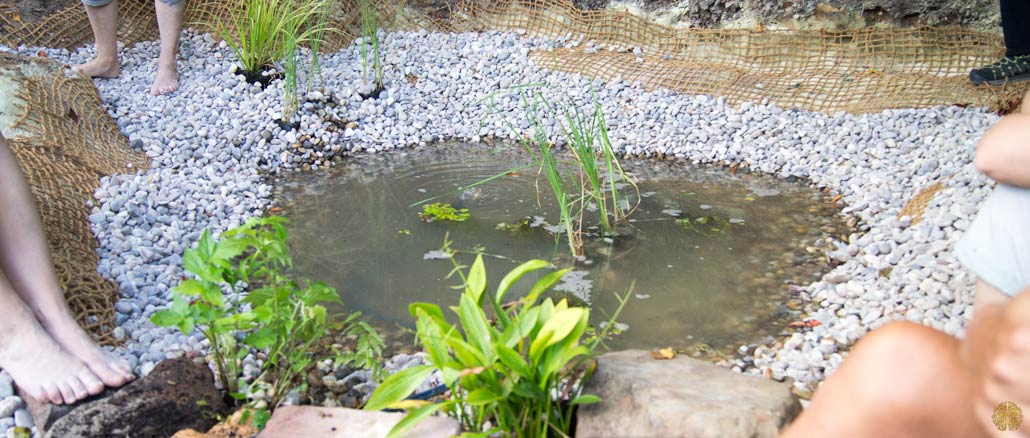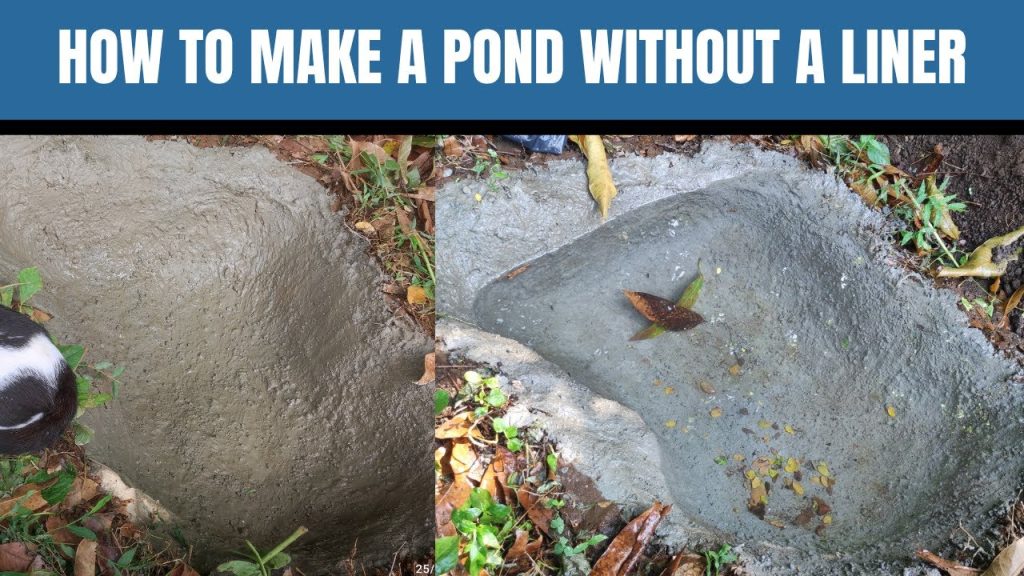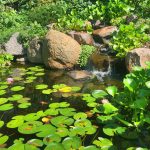Creating a pond without a liner can be a natural and cost-effective way to enhance your outdoor space. While pond liners are commonly used to prevent water leakage, making a pond without a liner can be a sustainable option that allows for a more organic look and feel. In this article, we will explore the steps involved in making a pond without a liner.
Materials Needed
Before you begin constructing a pond without a liner, it’s essential to gather the necessary materials. Here are some of the basic materials you will need:
- Shovel
- Sand
- Clay soil
- Rocks or stones
- Plants (optional)
- Water source
Step-by-Step Guide
1. Choose The Location
First, select a suitable location for your pond. Look for an area that receives a good amount of sunlight and is relatively flat. Avoid placing the pond near trees or shrubs with invasive roots that can puncture the pond bottom.
2. Dig The Pond
Using a shovel, start digging the shape of your pond. Create a shallow area for plants and wildlife to thrive, as well as a deeper section for fish or aquatic life if desired. Make sure to vary the depth to add visual interest to your pond.
3. Test The Soil
Once you have dug the pond, test the soil to see if it is suitable for holding water. Clay soil is ideal for creating a natural seal that prevents water from seeping through. If your soil is sandy, you may need to add clay to create a seal.
4. Add Clay And Sand
If your soil requires additional sealing, mix clay and sand together and apply it to the bottom and sides of the pond. Use your hands or a shovel to compact the clay and sand mixture to create a watertight seal.
5. Fill The Pond
Once you have sealed the pond with clay and sand, fill it with water. Allow the water to settle and observe if there are any leaks. If leaks occur, you may need to add more clay and sand to the affected areas.
6. Add Rocks And Stones
To enhance the natural look of your pond, add rocks and stones around the edges. These not only provide aesthetic appeal but also serve as a barrier to prevent soil erosion and help anchor plants in place.
7. Plant Aquatic Vegetation
If you wish to create a habitat for fish and wildlife, consider adding aquatic plants to your pond. These plants not only beautify the pond but also help to oxygenate the water and provide shelter for aquatic life.
8. Maintain The Pond
Regular maintenance is key to keeping your pond healthy and thriving. Remove debris, control algae growth, and monitor water quality to ensure a balanced ecosystem. Consider adding a small pump or fountain to keep the water moving and prevent stagnation.

Credit: www.svarttorpet.se
Benefits of a Pond Without Liner
Creating a pond without a liner offers several benefits, including:
- Natural look and feel
- Cost-effective alternative
- Environmentally friendly option
- Promotes wildlife habitat
- Low maintenance requirements

Credit: m.youtube.com
Conclusion
Constructing a pond without a liner can be a rewarding project that adds beauty and tranquility to your outdoor space. By following these steps and incorporating natural materials, you can create a sustainable pond that enhances the aesthetic appeal of your garden while providing a habitat for aquatic life. Remember to regularly maintain your pond to ensure its longevity and enjoy the benefits of a natural water feature in your backyard.




